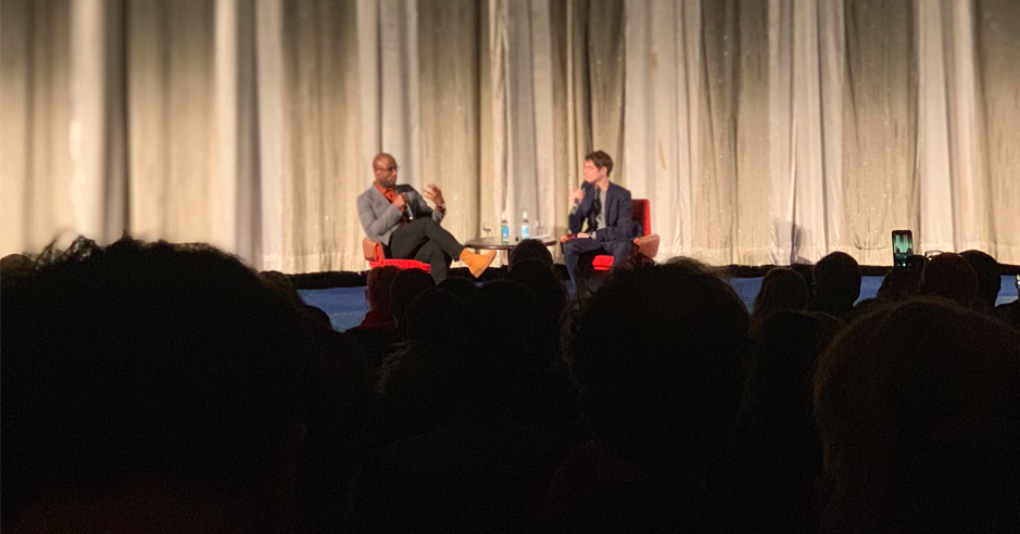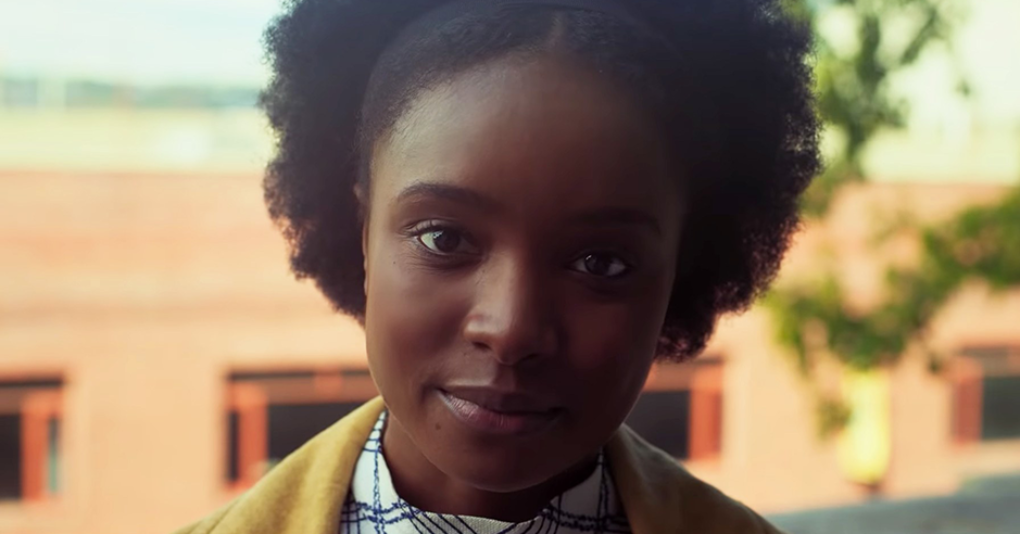
January 23, 2019
Barry Jenkins: Prenzlauerberg to Hollywood
Factory Berlin attended the German premiere of If Beale Street Could Talk at the infamous Kino International. The Oscar-winning American filmmaker, Barry Jenkins, made our senses swoon down Karl-Marx Allee to the Fernsehturm.
It started when his ex-girlfriend handed him a book. Two years and two Oscars later, Barry Jenkins’ latest project, If Beale Street Could Talk (Germany: Beale Street), features an adaptation from his favorite author, James Baldwin. The novelist and essayist is considered the unofficial founding father of the #blacklivesmatter movement. After realizing his obsession, Jenkins did another movie on institutional and structural injustices.
“Each generation is promised more than it will get; which creates, in each generation, a furious, bewildered rage.”
Written in under the summer shade of Prenzlauerberg’s Dunckerstrasse in Berlin, his unfamiliar environment galvanized strong and elegant prose to display tragic events that surround a proud, black, 1970s Harlem. What unfolds is a tender process of change.

Jenkins combines high emotion reactions –like love, hate, and separation– into a message worthy of moving along cultural changes with his blockbuster method, preferring to express high emotion through silence and pauses, colors and sound. These prevalent motifs weave throughout the narrative and layer into powerful feelings that awaken the call for change and social justice.
First, you have to be open to the possibility of dynamic change: “You always need to be true to the vibe.” Although it was originally planned to feature wild, racy jazz during the film, Jenkins opted for another take. Upon starting the composition process, it turned out that the main character, Tish (also the narrator, played by Kiki Layne), didn’t fit into the jazzy brassy mold, rather her personality resonated more with string instruments.
The score from Nicholas Britell was reworked, flipped, and marked with da capo al codas. Soft strings instead of horns create a dramatic crescendo. Brass sections placed on top of strings affect anxious wails. The entire jazz band concept placed on a chopping board, cut, and flipped around. In the end, the changing and reversal of contrasts align with the dark, intimate, and polemical elements of the story. The soundscape had to be revolutionary to match the rare and epic connection between Tish and Fonny.

From the beginning Fonny and Tish walk hand in hand, swimming in each other’s eyes, and the audience feels the connection without words. The visual richness is deepened by the distinct color palette.
All colors of meaning are natural shades earth green, red, yellow, and brown, which set a familiar mood and extremely intimate cinema. Tish is often illuminated by a soft yellow-orange glow and all the furniture in her family home is deep yellow and green. Her favorite caplet is pale yellow. The result is luxurious cinematography with collaborator James Laxton. The combined vision of Laxton and Jenkins bathes Harlem in lustrous color and light. They show that to effect change, there needs to be a strong momentum.
Jenkins lets actions speak for themselves while viewers are enveloped into yellows and silent moments to reflect and process. He respects quiet, which plays a strong, strong role in his own life. A triumphant observer, versed in the power of pause, Jenkins had few conversations growing up and found comfort in quiet. These particular cues form bold characters not only in Moonlight, where dialogue is kept to a minimum but also in Beale Street, which demonstrates his narrative muscle for intimate and dialectic currents.
“It is not necessarily about altering stereotypes but telling the story from another perspective. It is about showing humanization.”
Beale Street grasps the blow of insidious injustices, which are an inescapable part of everyday life: discrimination. Baldwin’s perspective and placement create a profound dialogue, an intense connection to the characters, and Jenkins adds agency.
Jenkins gives Baldwin’s characters a respected power that ultimately changes the way audiences understand black characters in cinema. By respecting and honoring the characters he adapted from Baldwin’s personal narrative, he furthers the force for civil rights. He has painfully captured the trials and tribulations of being black in America, the problems facing the incarnation system, and the blatant racism that prevail past Dr. Martin Luther King Jr. into the era of #blacklivesmatter. He leaves a legacy that turns a new page for a profound and more inclusive cinematic experience.

